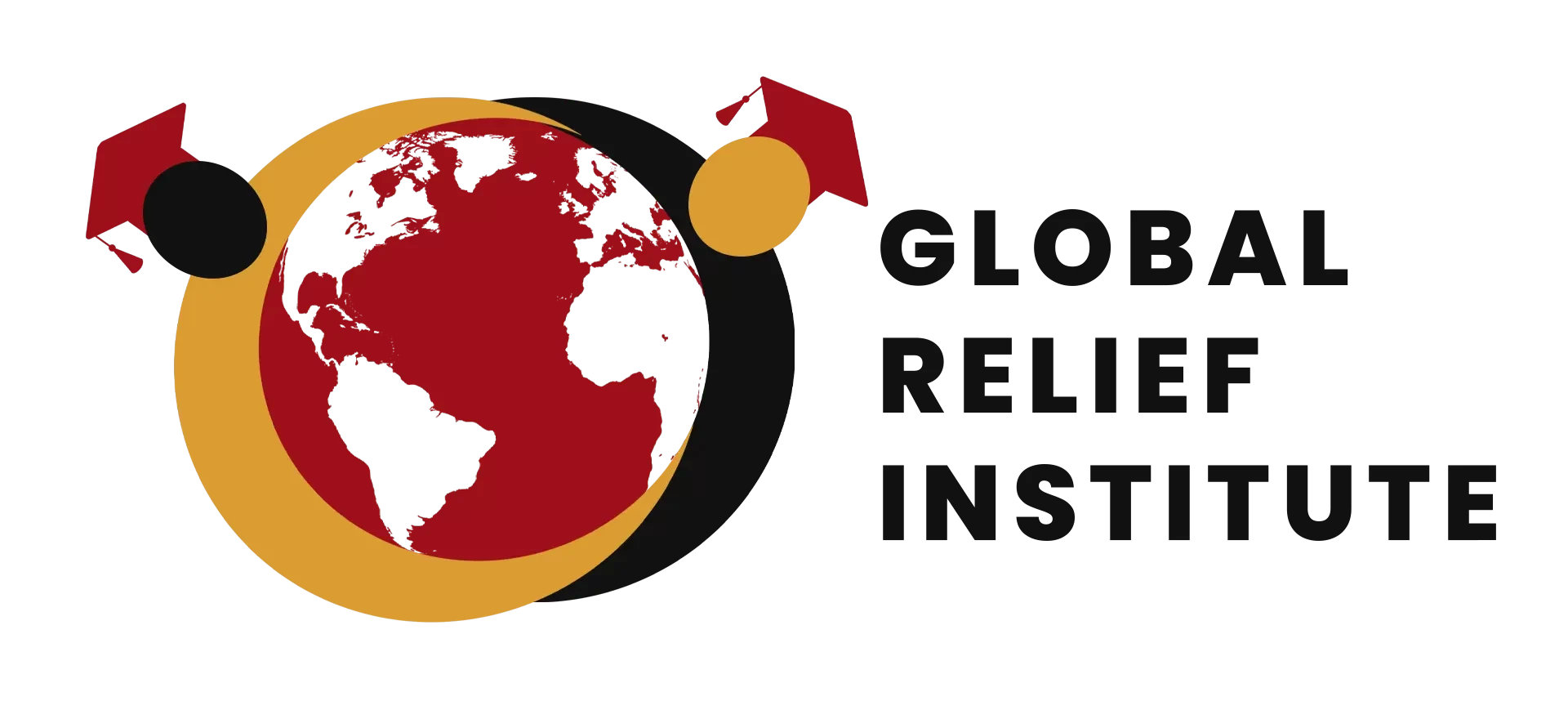Course Background
In the world today HIV/AIDS continues to be a major health and development challenge with the following alarming statistics.
- More than 34 million people now live with HIV/AIDS.
- 3.3 million of them are under the age of 15.
- In 2012, an estimated 2.5 million people were newly infected with HIV.
- 330,000 were under the age of 15.
- Every day nearly 7,000 people contract HIV—nearly 300 every hour.
- In 2011, 1.7 million people died from AIDS.
- 230,000 of them were under the age of 15.
- Since the beginning of the epidemic, more than 60 million people have contracted HIV and nearly 30 million have died of HIV-related causes.
- More than two-thirds (69 percent) of all people living with HIV, 23.5 million, live in sub-Saharan Africa—including 91 percent of the world’s HIV-positive children.
- In 2011, an estimated 1.8 million people in the region became newly infected. An estimated 1.2 million adults and children died of AIDS, accounting for 71 percent of the world’s AIDS deaths in 2012.
The Center for Disease Control indicates that for every case of AIDS known, there are at least 10 people who are infected with HIV. The most recent estimate of HIV prevalence indicates that there are approximately 1 in 400 people in the world currently living with HIV, and 1 in 250 Americans are currently living with the HIV infection.
There is a need for concerted efforts to reduce the incidence and impact of HIV/AIDS among world populations. Capacity Building in HIV/AIDS prevention, care and support continues to be an important in HIV/AIDS management.
Course Objectives
This course is intended for the reader to be able to achieve the following objectives:
- Understand difference between HIV and AIDS.
- Know the myths of HIV and AIDS.
- Understand HIV and AIDS Statistics.
- Learn three methods used for HIV Screening.
- Understand Universal Precautions.
- Understand How HIV is transmitted.
- Understand Legal Right associated with HIV/ AIDS.
- Understand Current treatment associated with HIV and AIDS.
- Identify what are blood borne pathogens
- How to respond to myths about HIV/ AIDS
- The role of a peer education in HIV prevention
- Effective Communication, including
- Overcoming communication barriers
- Attitudes and values people have about illness and sexuality
- How to respond to myths and misconceptions about HIV/AIDS
- Presenting clear information and getting feedback
- Discussing Sexuality
- Maintaining confidentiality
- Establishing the climate of mutual respect and sympathy
- What puts peers at risk of HIV
- Behavior Change Communication
- The process of behavior change
- Overcoming communication barriers in Peer Education
- Approaching a peer and beginning a dialogue
- Active listening
- Facts about HIV antibody testing
- Preparing for a HIV test
- Managing the outcome of the HIV test
- How to motivate others
- Personal Risk assessment techniques
- Understanding social norms, peer pressure and behaviour change process
- Condom and sex related negotiation and refusal skills
- Sexual decision making
- Communication for safer sex and assertiveness
- Condom and sex related negotiation and refusal skills
- The role of alcohol and drugs in HIV transmission
- Peer Education and Counseling techniques including listening, confidentiality, rapport, referrals and record keeping
- Living with HIV infection
- Psychological, social and ethical issues in counseling peers about sexuality and HIV infection.
- Empathy toward those infected with HIV
- Moral support and counseling families and individuals infected with HIV
- How to address stigma and discrimination for those infected and affected
Assignment-based
Course Duration
Course duration: Approximately 25 hours. As a guide, short course courses can be completed within 5-10 weeks of part-time study.
Distance Learning access: 2 months’-learning access, with free extensions available.
